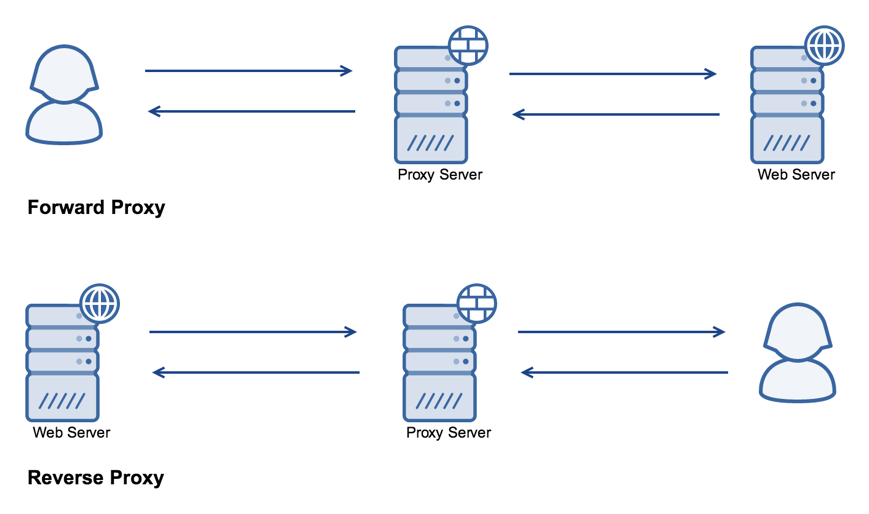One of the most powerful features of NGINX is its ability to act as a reverse proxy. As opposed to a forward proxy, which sits between the client and the internet, a reverse proxy sits between a server and the internet.
Here's a visual representation:

A reverse proxy can provide a multitude of features. It can load balance requests, cache content, rate limit, provide an interface to a Web Application Firewall (WAF), and lots more. Basically, you can greatly increase the number of features available to your system by running it through an advanced reverse proxy.



